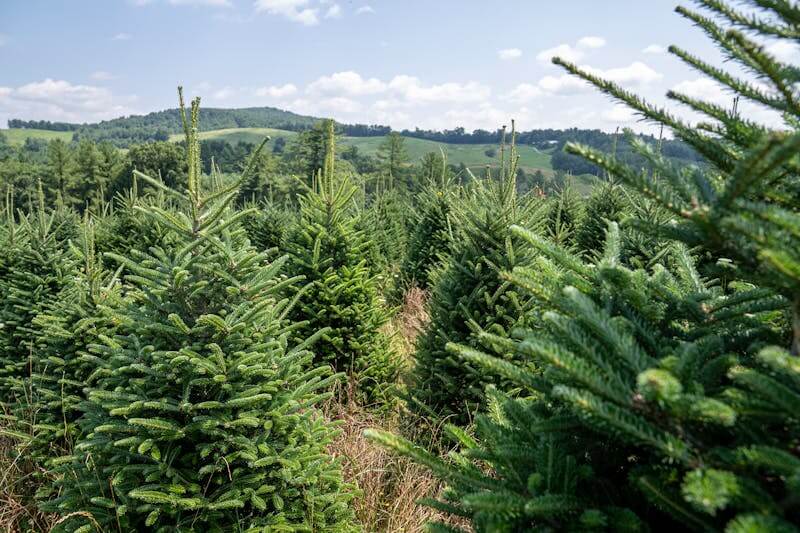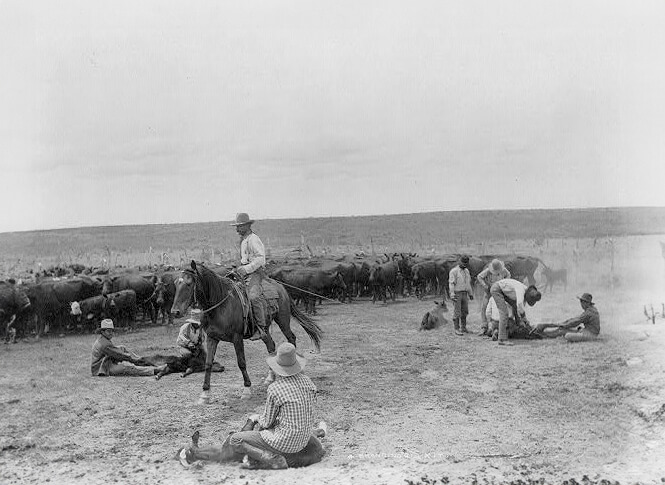Abraham Lincoln Clears a Path: His Agricultural Legacy
Students diagram the life of President Abraham Lincoln, including his childhood, presidency, and role during the Civil War, and describe his agricultural legacy and impact on agriculture today.
Students diagram the life of President Abraham Lincoln, including his childhood, presidency, and role during the Civil War, and describe his agricultural legacy and impact on agriculture today.
Students will determine the presence of DNA in their food by extracting it from a strawberry. Then, students will compare and contrast GMOs and organic foods in order to evaluate the nutrition, safety, economic, geographic, and environmental impacts of these agricultural production practices.

Students explore the history of the Christmas tree, explain the life cycle of a conifer, identify types of trees and how they adapt, discover what it's like to work on a Christmas tree farm, and examine the ecology of conifer trees.
Students investigate how wheat is grown and processed into flour and other wheat products and create wheat puppets to perform a play.
Students investigate where food comes from, the parts of plants that we eat, and the difference between fruits and vegetables.
Students discover the geographic regions where basil, oregano, and cilantro have cultural significance, understand the role of evaporation in herb drying, and recognize the different properties of dried and fresh herbs.
Students explore a variety of vegetables that can be stored through the colder months, including roots, alliums, cole crops, and winter squash and compare and contrast how families store food now with how they stored food long ago.
Students evaluate the function of plant stems and identify edible stems belonging to certain plants.
Students categorize the foods they eat, explore healthy eating habits, and investigate the MyPlate food campaign.
Students explore the numerous career opportunities involved in the dairy industry and solve real world math problems related to specific careers within the industry.

Students explore cowboy culture and history and research 19th-century Texas cattle trails by writing cowboy poetry, mapping historic cattle trails, and creating cattle brands.
Students explore simple and complex machines and discover how they are used in agriculture.